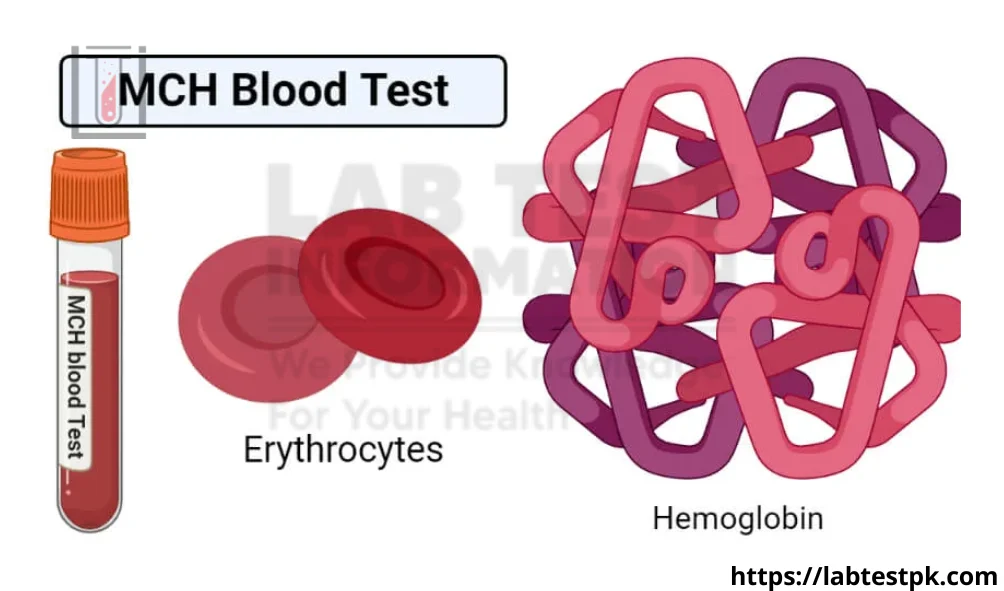MCH blood test plays a pivotal role in unraveling the mysteries of hemoglobin health. Whether you’re familiar with the acronym or not, understanding the significance of MCH (Mean Corpuscular Hemoglobin) is essential for comprehending your overall well-being.
Role of MCH in Measuring Hemoglobin Levels
By measuring hemoglobin levels, MCH provides critical information about the oxygen-carrying capacity of red blood cells. This, in turn, helps diagnose and manage various blood-related disorders.
Normal Range of MCH Values
Normal Range: The normal range for MCH can vary slightly depending on the laboratory, but it generally falls between 27 to 33 picograms (pg) per cell. Understanding the normal range of MCH values is essential for interpreting test results accurately.
High and Low Level:
-
High MCH levels:
This could indicate macrocytic anemia, a condition where red blood cells are larger than normal and have a reduced ability to carry oxygen. Causes of high MCH include vitamin B12 deficiency, folate deficiency, and certain medications. It’s essential to determine the underlying cause to initiate appropriate treatment. -
Low MCH levels:
This may suggest microcytic anemia, a condition where red blood cells are smaller than normal. Iron deficiency is a common cause of low MCH. Other potential causes include chronic diseases, thalassemia, and lead poisoning. Identifying and treating the underlying cause is crucial to managing low MCH levels. -
Symptoms of Anemia:
While MCH is just one component of a complete blood count, abnormal levels may be associated with symptoms of anemia, such as fatigue, weakness, pale skin, shortness of breath, and dizziness.
MCH concerning Anemia
One of the primary applications of the MCH blood test is in the diagnosis and management of anemia. Understanding how MCH levels correlate with anemia helps healthcare professionals formulate effective treatment plans.
Other Medical Conditions Detected by MCH Levels
Beyond anemia, MCH levels can provide insights into various medical conditions, ranging from nutritional deficiencies to chronic illnesses.



[…] any relevant information, such as medications or medical conditions, to your healthcare […]
[…] Trimester Blood Test (Maternal Serum Screening): This blood test measures the levels of two substances in the mother’s blood: beta-human chorionic […]
[…] triggers the inflammatory response. The main goals of inflammation are to remove harmful stimuli, initiate the healing process, and restore normal tissue […]
[…] Blood agar is often used to differentiate bacteria based on their ability to hemolyze (break down) red blood cells. This can result in distinct patterns on the agar surface, such as alpha-hemolysis (partial […]
[…] A microscopic examination of a stained blood sample to assess the morphology and distribution of blood cells. […]